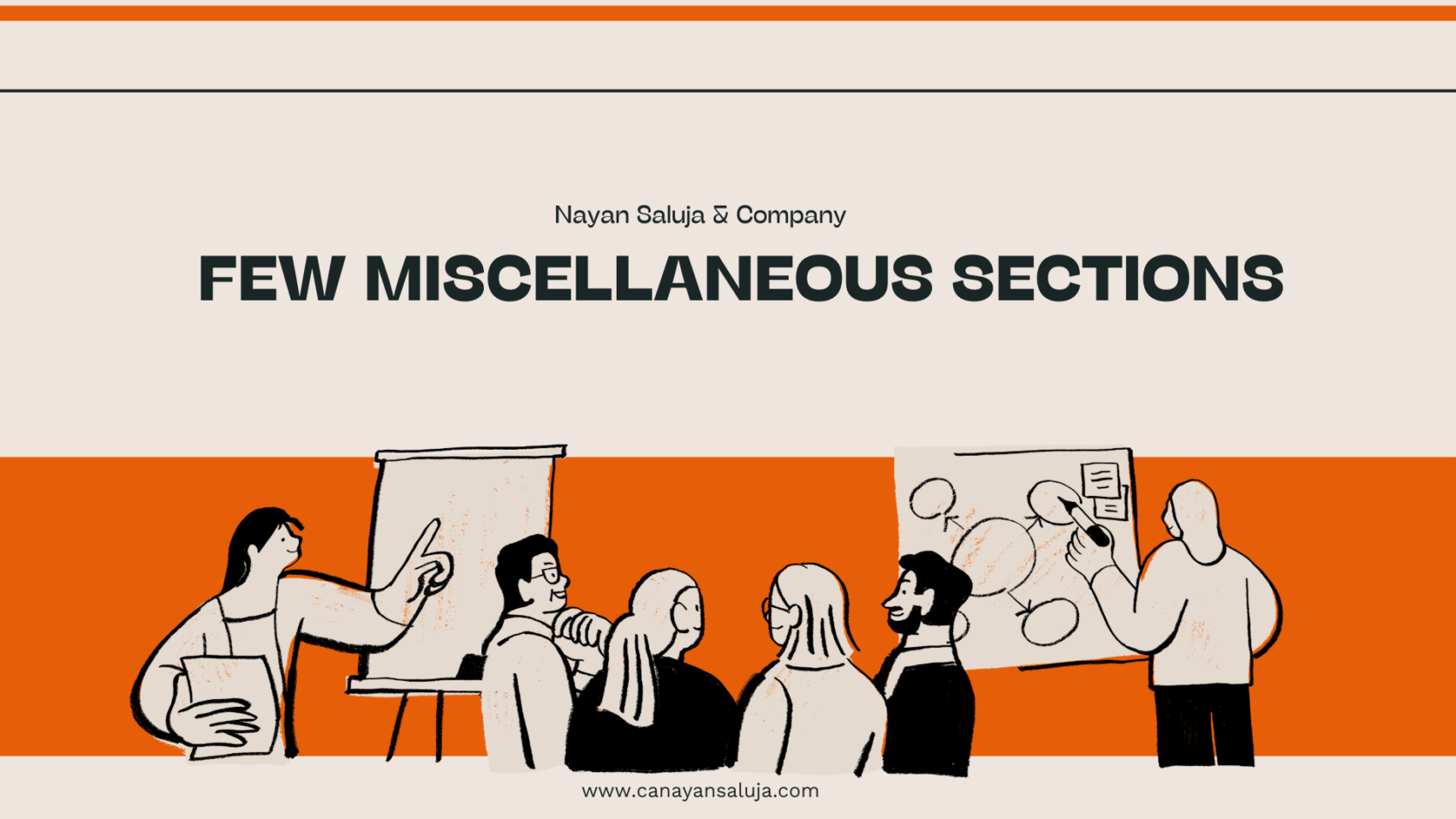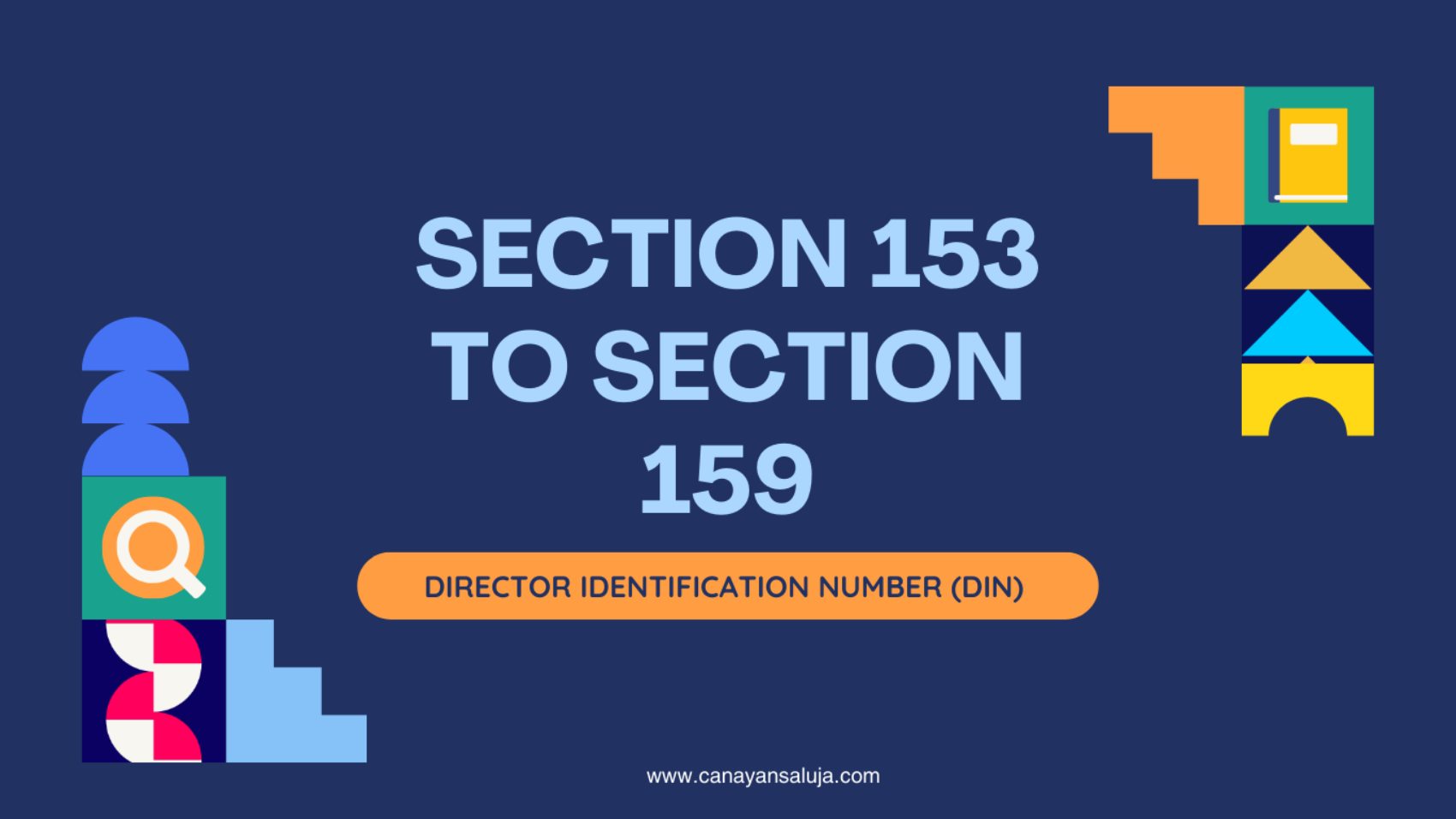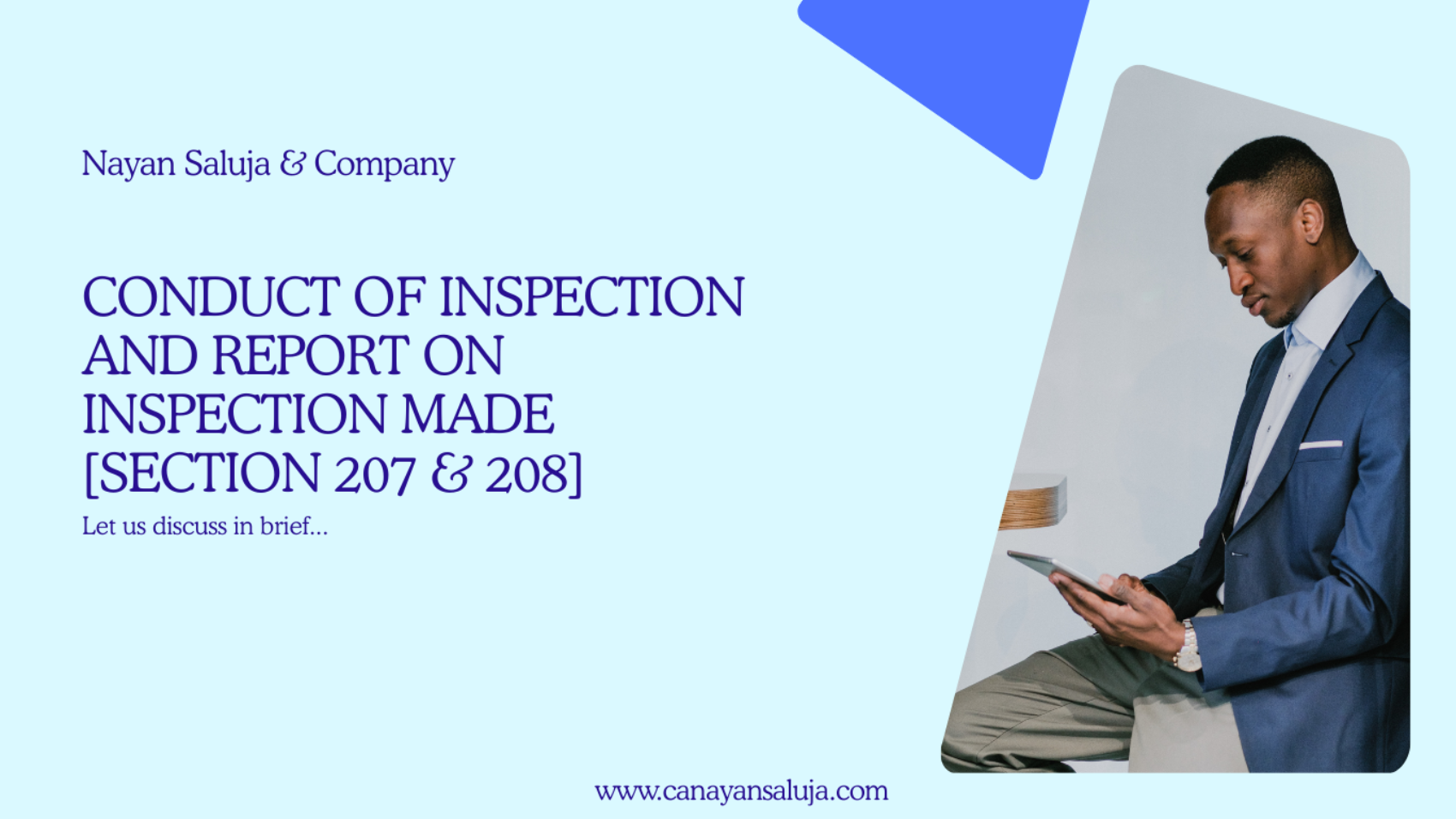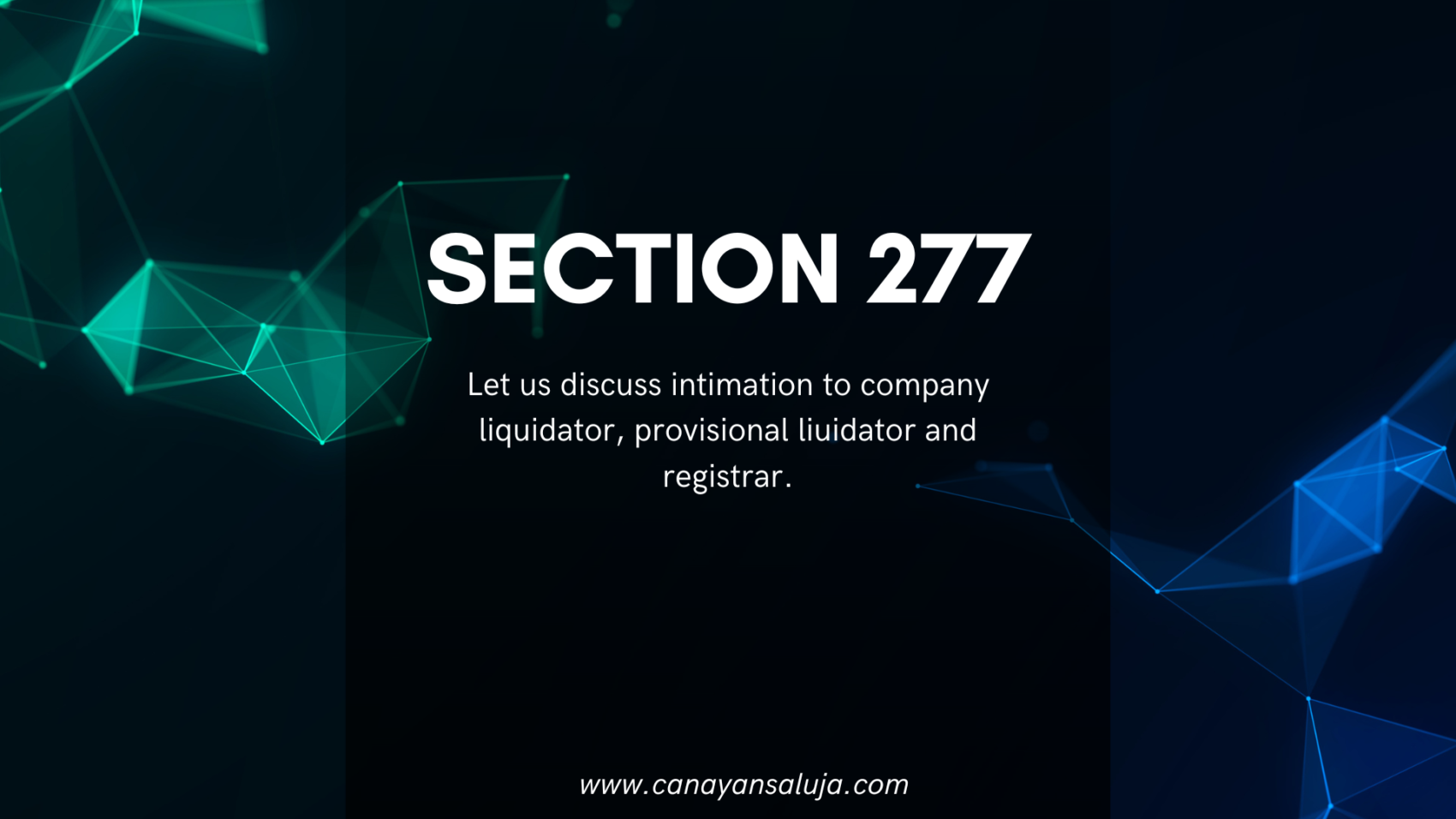FEW MISCELLANEOUS SECTIONS
CONTRACT OF EMPLOYMENT WITH MANAGING OR WHOLE TIME DIRECTOR [SECTION 190]
A Company may enter into a contract of employment with managing or whole-time directors. Section 190 of the Act contains provisions relating to keeping of such contract of employment. These provisions are stated as under:
(i) Maintenance of copy of contract of employment: Every company shall keep at its registered office —
(a) where a contract of service with a managing or whole-time director is in writing, a copy of the contract; or
(b) where such a contract is not in writing, a written memorandum setting out its terms.
(ii) Inspection: The copies of the contract or the memorandum shall be open to inspection by any member of the company without payment of fee.
(iii) Penalty for non-compliance [Section 190 (3)]: If any default is made in complying with Section 190, the penalty shall be as under:
(iv) Exception [Section 190 (4)]: The provisions of Section 190 shall not apply to a private company.
RESTRICTION ON NON-CASH TRANSACTIONS INVOLVING DIRECTOR [SECTION 192]
Section 192 of the Act places restrictions on the non-cash transactions involving directors and the company or vice-versa. The provisions of Section 192 also operate if non-cash transactions involve a person who is a director of the company’s holding, subsidiary or associate company. A person connected with any such director is also included. These provisions are discussed as under:
(i) Restriction on acquiring assets for consideration other than cash: According to Section 192 (1), no company shall enter into an arrangement by which—
(a) a director of the company or its holding, subsidiary or associate company or a person connected with him acquires or is to acquire assets for consideration other than cash, from the company; or
(b) the company acquires or is to acquire assets for consideration other than cash, from such director or person so connected.
(ii) Relaxation of restriction: The above restriction shall be relaxed i.e. the company may enter into an arrangement involving non-cash transactions as stated in clause (i) above, if prior approval for such arrangement is accorded by a resolution of the company in general meeting.
Where the director or connected person is a director of its holding company, approval shall also be required to be obtained by passing a resolution in general meeting of the holding company.
(iii) Contents of notice issued for approval of resolution: The notice for approval of the resolution in general meeting issued by the company or holding company shall include the particulars of the arrangement. It shall also include the value of the assets involved in such arrangement duly calculated by a registered valuer.
(iv) What happens if Section 192 is contravened: Any arrangement entered into by a company or its holding company in contravention of the provisions of Section 192 shall be voidable at the instance of the company. The arrangement shall not be voidable;
(a) if the restitution of any money or other consideration which is the subject-matter of the arrangement is no longer possible and the company has been indemnified by any other person for any loss or damage caused to it; or
(b) if any rights are acquired bona fide for value and without notice of the contravention of the provisions of this section (i.e. Section 192) by any other person.
CONTRACTS BY ONE PERSON COMPANY (OPC) [SECTION 193]
Section 193 of Act contains provisions in respect of contracts entered into by a One Person Company (OPC) which is limited by shares or by guarantee. This section becomes applicable when such OPC enters into a contract with its sole member who is also its director. Section 193 operates in the following manner:
(i) Preferably, such contract should be in writing.
(ii) If not in writing, the OPC shall ensure that the terms of the contract or offer are contained in a memorandum or are recorded in the minutes of the first meeting of the Board of Directors of the company held next after entering into contract.
(iii) Exception: If the contracts are entered into by the company in the ordinary course of its business, then provisions of Section 193 are not applicable.
(iv) Submission of information to the registrar: The company shall inform the Registrar about every such contract entered into by the company and recorded in the minutes of the meeting of its Board of Directors. This shall be done within a period of 15 days of the date of approval by the Board.












